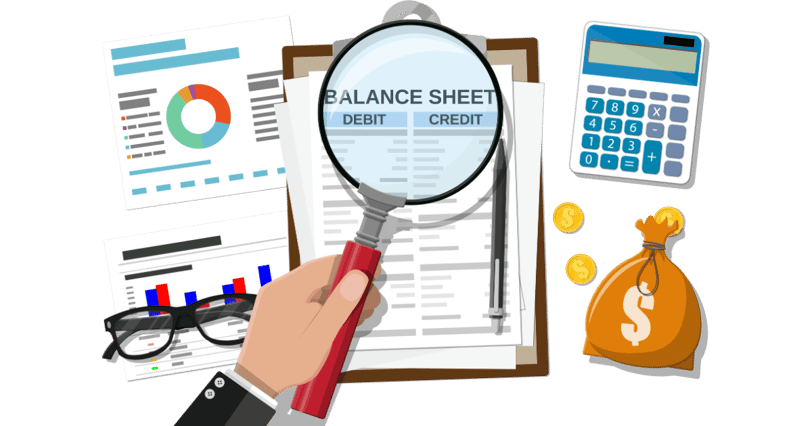The Beginner's Guide to QuickBooks: Mastering Small Business Accounting
Gain an understanding of QuickBooks with our beginner's guide. Learn essential setup steps, customization tips, and time-saving features to streamline your small business accounting and master financial management effortlessly.


Beginner's Guide to QuickBooks: Everything You Need to Know
Are you a small business owner looking to get a handle on your finances? QuickBooks might be just what you need. This beginner's guide to QuickBooks will walk you through the basics and help you set up your account.
Key Takeaways:
QuickBooks is a powerful accounting software for small businesses
Setting up QuickBooks correctly is crucial for accurate financial management
This guide covers essential steps for QuickBooks setup and basic usage
Learn how to customize QuickBooks for your specific business needs
Discover time-saving features to streamline your accounting processes
What is QuickBooks and Why Do Small Businesses Need It?
QuickBooks is accounting software designed for small and medium-sized businesses. It helps you track income and expenses, create invoices, and generate financial reports. Here's why it's valuable:
Saves time on bookkeeping
Provides accurate financial data
Helps with tax preparation
Offers insights into business performance
QuickBooks Setup Guide: Getting Started
Before diving into the QuickBooks setup steps, make sure you have:
Your business information handy
A list of products or services you offer
Bank account details
Employee information (if applicable)
QuickBooks Setup Steps: A Step-by-Step Tutorial
Choose your QuickBooks version
Create your company file
Set up your chart of accounts
Add your products and services
Enter your customers and vendors
Connect your bank accounts
Let's break down each of these QuickBooks setup steps.
Choosing the Right QuickBooks Version
QuickBooks offers several versions. For most small businesses, QuickBooks Online is a great choice. It's cloud-based and accessible from anywhere.
Creating Your Company File
This is where you'll enter basic info about your business. Follow these steps:
Open QuickBooks
Click "Create a new company"
Enter your business name and type
Choose your industry
Select your business structure (LLC, corporation, etc.)
Small Business QuickBooks Tutorial: Essential Features
Now that you've completed the initial QuickBooks setup guide, let's explore key features.
Managing Income and Expenses
QuickBooks makes it easy to track money coming in and going out. Here's how:
Create and send invoices
Record expenses
Reconcile bank statements
Generating Financial Reports
QuickBooks can create various reports. Some essential ones are:
Profit and Loss Statement
Balance Sheet
Cash Flow Statement
How to Use QuickBooks for Small Business: Tips and Tricks
To make the most of QuickBooks, try these tips:
Use bank feeds to automate transaction import
Set up recurring transactions for regular bills
Customize invoice templates with your logo
Use the mobile app for on-the-go bookkeeping
Customizing QuickBooks for Your Business
Every business is unique. Here's how to tailor QuickBooks to your needs:
Modify your chart of accounts
Create custom fields for transactions
Set up classes to track different departments or locations
Troubleshooting Common QuickBooks Issues
Even with a thorough QuickBooks setup guide, you might encounter issues. Here are solutions to common problems:
Reconciliation discrepancies: Double-check your entries
Slow performance: Clear your browser cache or update the software
Missing transactions: Ensure your bank feed is connected properly
Advancing Your QuickBooks Skills
Once you've mastered the basics in this beginner's guide to QuickBooks, consider:
Taking online QuickBooks courses
Joining QuickBooks user forums
Exploring advanced features like inventory tracking
Integrating QuickBooks with Other Business Tools
QuickBooks works well with many other apps. Some popular integrations:
Payment processors like PayPal or Square
E-commerce platforms like Shopify
CRM systems like Salesforce
QuickBooks and Tax Time: Preparing for Success
QuickBooks can make tax season less stressful. Here's how:
Keep your books up-to-date year-round
Use QuickBooks' tax categories
Generate tax reports directly from QuickBooks
The Future of Small Business Accounting with QuickBooks
As technology evolves, so does QuickBooks. Keep an eye out for:
AI-powered insights
Enhanced mobile capabilities
Improved third-party integrations
Remember, this beginner's guide to QuickBooks is just the start. With practice, you'll become a QuickBooks pro in no time!


